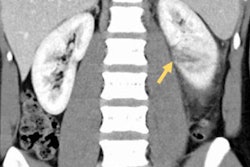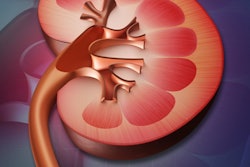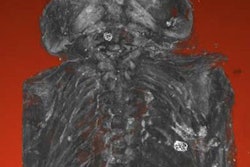Dear CT Insider,
CT rules supreme when it comes to diagnosing renal trauma, so you won't want to miss today's article about award-winning research from Dublin.
Radiologists from St. James's Hospital have outlined how to optimize CT protocols for detecting injuries to the renal parenchyma, vasculature, and collecting system, and they have elaborated on CT findings and management options for each grade of injury. For their analysis and clinical images, click here.
The modality also can be used effectively for patients with kidney stones. Researchers have compared the use of multidetector-row CT with digital tomosynthesis and ultrasound, and their findings are worth a close look. You can do so here.
Early next month, the running of the bulls at the Fiesta de San Fermín will take place in Pamplona, Spain. Delegates at the recent Spanish Society of Medical Radiology (SERAM) biennial congress were captivated by the graphic descriptions of injuries incurred at this famous event. Click here to learn more.
CT dose in Spain also is coming under much closer scrutiny. The country has failed to implement the Euratom radiation protection directive, even though it should have done so by 6 February 2018. For the full story, click here.
Meanwhile, a U.K. group has found that a machine-learning algorithm can identify white-matter brain lesions and score the severity of small-vessel disease just as well as a team of neuroradiologists and stroke physicians on a dataset of more than 1,000 CT scans of stroke patients from 70 hospitals. Get the details here.
Today's radiologists can use elaborate, computer-supported analysis methods to learn far more from CT data. For instance, German investigators have shown that CT datasets can provide a fairly precise assessment of lung function. Click here to find out more.
This letter highlights just a few of the many articles posted in the CT Community. For the full list, please check out the lineup below.




















